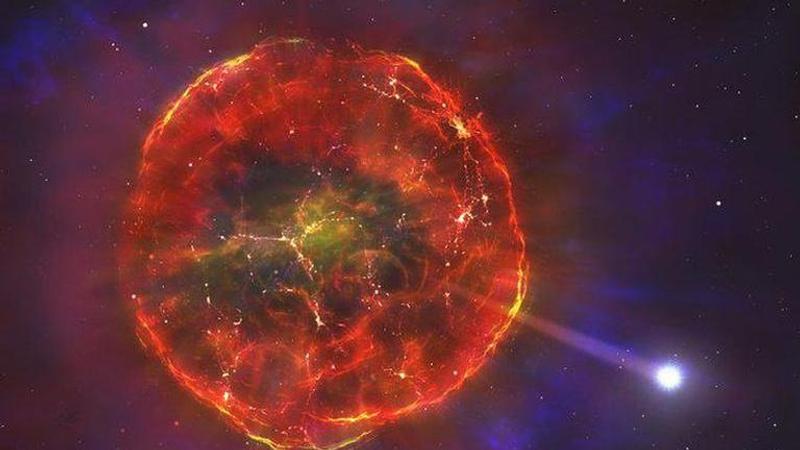Published 17:35 IST, July 16th 2020
Study suggests dead star careening across Milky Way likely a 'supernova survivor'
A dead star moving uncontrollably across the Milky Way galaxy at a speed of 900,000 kilometres per hour is likely a supernova survivor that at blasted out.

A dead star moving uncontrollably across the Milky Way galaxy at a speed of 900,000 kilometres per hour is likely a supernova survivor that at blasted itself out of an orbital bond with another star, researchers have said. In a study, published in Monthly Notices of the Royal Astronomical Society, scientists have argued that some stars might blow up in half-cocked partial supernova events that are too short-lived for telescopes to detect. “And one such remaining part of a dead star is SDSS J1240+6710, which was first discovered in 2015”, scientists wrote.
The researchers have said that the celestial body is a white dwarf, which is a ‘dark steller husk’ left from the deaths of stars. While most white dwarfs have an atmosphere made up of light elements like Hydrogen, this one has an atmosphere made up of pure oxygen, indicating its exotic origins.
Soon after its’s discovery, a team of researchers led by an astrophysicist, Boris Gaensicke used the European Space Agency’s Gaia spacecraft to clock the breakneck speed of the white dwarf. The team discovered that the SDSS J1240+6710 was not only moving very quickly but also moving in the opposite direction of the Milky Way’s rotational flow, “which implies that it was sent hurtling through the galaxy by a pyrotechnic blast”.
'Unique atmospheric composition'
They also made a follow-up observation in 2017 with NASA’s Hubble Telescope and found out that it had a “unique atmospheric composition.” In addition to the strange oxygen-dominant atmosphere, SDSS J1240+6710 apparently lacks heavy elements such as iron, cobalt and nickel, which would normally be present in a white dwarf that had undergone a successful supernova explosion.
Image credits: twitter.com/ufrgsnoticias
Updated 17:35 IST, July 16th 2020



